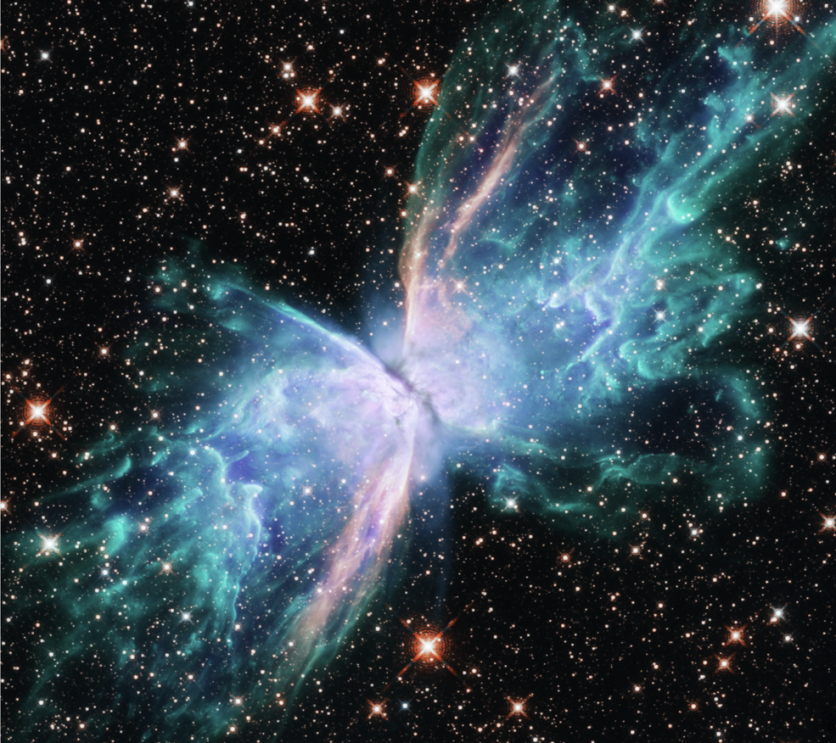Somewhere deep in space, a nebula explodes like a giant butterfly made up of dust and stars. While it may seem like a lovely sight, it is holding a dramatic stellar death that is ejecting an envelope of gases and a hail of ultraviolet radiation.
This beautiful galactic scenery was even made more exciting to look at as NASA's Hubble Space Telescope released a video of the "Butterfly Nebula," also known as NGC 6302, on its Instagram page last Monday, Aug. 10.
Fun Facts About The "Butterfly Nebula"
The Dying Star in This Nebula is Five Times the Mass of the Sun!
The source of this beautiful explosion is a dying star that was once about five times as massive as the Sun. After expelling the gases that made up its envelope, it is now releasing an ultraviolet radiation stream, causing its debris to shine.
According to NASA, this is an example of a planetary nebula because they appear circular, just like a planet when viewed through a tiny telescope.

It is Located 3,800 Light-years Away in the Constellation Scorpius
Around 3,800 light-years away in the constellation of Scorpius, NGC 6302 is located in our Milky Way galaxy. The star's outer layers, which were expelled over a period of around 2,200 years, are the blazing gas illustrated in the image.
This butterfly extends for more than two-light years, which is roughly half the distance between the Sun and Alpha Centauri, according to NASA.
It Is One of The Hottest Stars In The Galaxy
NASA claims that this nebula has one of the hottest stars in our galaxy since it has a surface temperature of around 400,000 degrees Fahrenheit. This gas is extraordinarily hot for a planetary nebula, measuring about 36,000 degrees Fahrenheit according to spectroscopic observations obtained using ground-based telescopes.
This Nebula Holds Complex History of Star Ejections

A complex history of ejections from the star is revealed by the WFC3 (Wide Field Camera 3) image. The star initially developed into a massive red-giant star with a diameter that was roughly 1,000 times larger than the Sun. Later, it shed its thick outer coats.
NASA said that the doughnut-shaped ring was formed when some of this gas was flung off from its equator at a relatively low speed, possibly as low as 20,000 miles per hour.
Related Article : NASA Hubble Space Telescope Captures A Stunning 'Multi-Armed Galaxy Merger' - A Rare Gem in Cosmos!
This article is owned by Tech Times
Written by Joaquin Victor Tacla
ⓒ 2025 TECHTIMES.com All rights reserved. Do not reproduce without permission.




